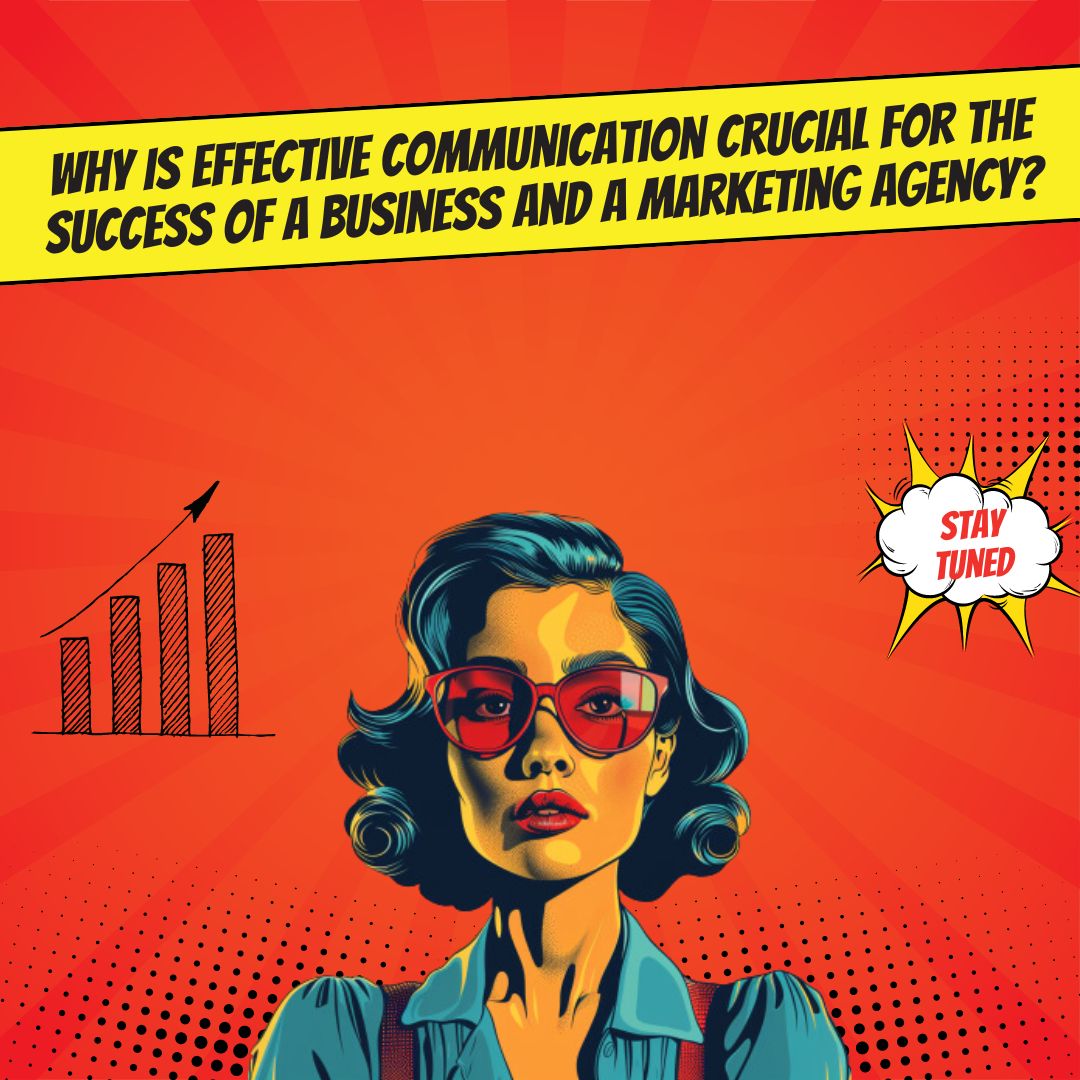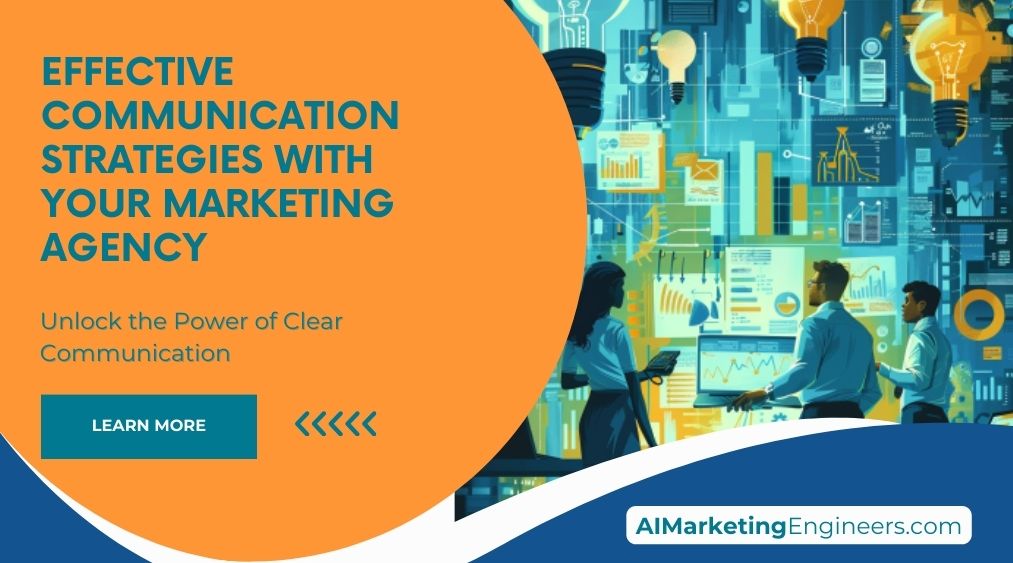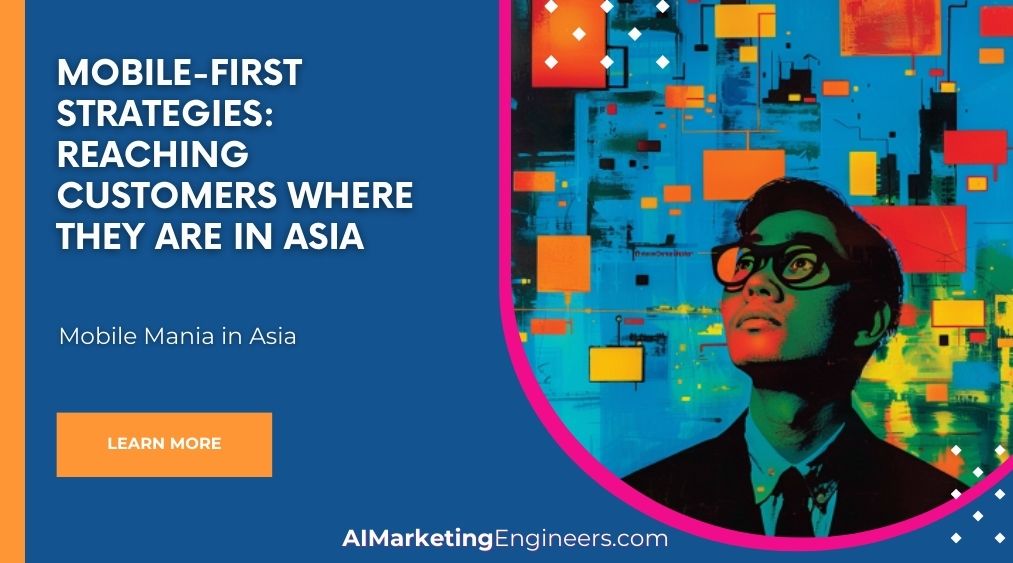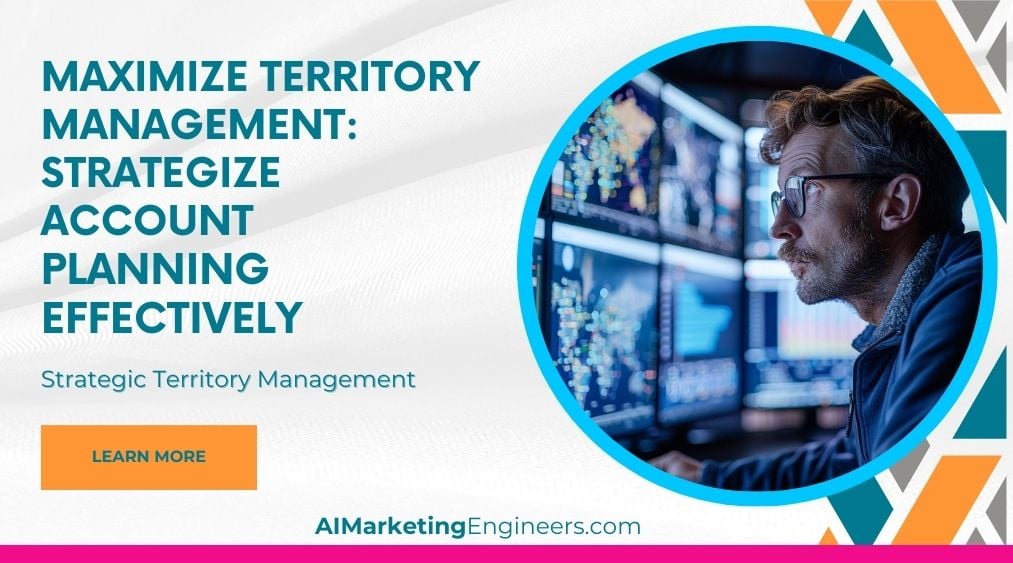Key Takeaways
✅ Integrate into Preferred Communication Channels: Align your communication by integrating into your client’s preferred channels. This ensures seamless conversations and enhances ease of collaboration, fostering better results and satisfaction.
✅ Tailor Messaging to the Target Audience: Craft messages that speak directly to your target audience. Understand their motivations and preferences to ensure that your communication resonates and drives meaningful engagement.
✅ Use Clear and Concise Language: Clarity is key. Use straightforward language in all communications, align tone to each audience, and focus on critical points to convey your message effectively and prevent misunderstandings. 
Introduction
How vital is effective communication to your agency’s success? Clear dialogue can make or break the relationship between your firm and its clients. In today's fast-evolving landscape, it’s crucial to adapt swiftly to market demands, streamline internal processes, and foster robust client relationships. This piece will delve into innovative communication strategies—from aligning with client channels to tailoring messages—geared towards maximizing your agency’s performance and client satisfaction. Stay with us as we uncover insights and groundbreaking strategies to enhance your marketing outcomes and ROI.
Top Statistics
| Statistic | Insight |
|---|---|
| Communication skills are increasingly important for marketers: According to LinkedIn, communication skills are among the fastest growing soft skills for UK marketers, with a significant increase in demand. | Communication isn't just a soft skill — it's a crucial asset for marketing teams to effectively convey their message and align strategies. This growing demand for communication skills highlights the importance of investing in effective communication strategies with your marketing agency. |
| Digital marketing and social media are key skills: LinkedIn reports that digital marketing and social media are among the most in-demand marketing skills globally. | With the digital landscape continuously evolving, having a marketing agency that excels in digital marketing and social media ensures your brand remains competitive and relevant. |
| Effective communication boosts productivity: 72% of business leaders believe it increases team productivity, and 52% of knowledge workers agree. | Clear and effective communication within your marketing team can lead to better productivity and outcomes, making it a key element in successful agency collaborations. |
| Communication and employee retention: Effective communication can increase employee retention, with 75% of employers indicating that acting on employee feedback increases trust in the workplace. | Trust grows when feedback is acted upon. Collaborating closely with your marketing agency to implement feedback can enhance trust and improve long-term partnerships. |
| Lack of effective communication causes workplace failures: 86% of employees and executives cite the lack of effective collaboration and communication as the main causes of workplace failures. | The high percentage indicates that poor communication can lead to significant disruptions. It underscores the necessity of establishing robust communication channels with your marketing agency to avoid such pitfalls. |
Understanding the Context
To design an effective communication strategy, the first step is understanding the context in which the company operates. Companies must conduct an in-depth analysis of their internal and external environments. Internally, knowing the company’s mission, vision, values, and strategic objectives is crucial. Externally, factors such as market conditions, competition, sector trends, and the broader economic, political, and social landscapes need thorough scrutiny. Why is it important? The context shapes the kind of messages that will resonate with both internal and external stakeholders.
Defining Objectives
Establishing clear goals is a cornerstone for any communication strategy. Objectives must be specific, measurable, achievable, relevant, and time-bound (SMART). They can aim to increase brand recognition, improve public perception, enhance employee engagement, or support new product launches. Communication objectives should align closely with the company’s overall strategic goals. How do we know if these objectives are SMART? By setting precise metrics and timeframes that offer clear ways to measure progress.
Identifying Key Messages
Key messages are the heart of any communication strategy. These messages should be clear, consistent, and reflective of the company’s identity and values. Tailoring these messages to the target audience’s interests and expectations is essential. Employing effective storytelling frameworks can make these messages more engaging. How do we create messages that stick? By emphasizing authenticity and conveying a compelling narrative that aligns with the company’s goals and values.
Choosing Communication Channels
Choosing the right communication channels depends on the target audience and the nature of the message. Using a variety of channels—websites, social media, mailed notices, door hangers, brochures, press releases, and community events—can help reach a broader audience. Ensuring consistency across all channels is vital to maintain a cohesive brand message. Do all channels effectively deliver the key messages? Evaluating each channel's reach and engagement can offer insights.
Implementing and Evaluating
The implementation of the strategy involves translating key messages into actionable marketing collateral. This entails creating messaging that addresses the target audience's pain points while highlighting the company’s values and capabilities. Flexibility in the strategy is paramount to adapt to market changes, technological advancements, and shifting consumer preferences. Regular evaluation helps gauge the campaign's success and necessary adjustments. What metrics are used to measure success? Regularly analyzing campaign data provides the answers.
Maintaining Client Relationships
Effective communication is key to building strong client relationships. This includes clear internal communication within the company to ensure all employees understand the organization’s objectives and values. Externally, tailoring communication styles to each client, providing regular updates, and actively listening to feedback are critical. Nurturing these relationships throughout the entire client-agency lifecycle ensures long-term success. How do we keep the communication channels open and effective? By prioritizing consistent, transparent, and respectful interactions.
Understanding these steps and implementing them diligently ensures that a company’s communication strategy is not only effective but also resilient in the face of changing dynamics.
AI Marketing Engineers Recommendation
Recommendation 1: Establish Clear Objectives with Data Transparency: Start by defining clear, measurable goals for your campaigns, reinforced by data transparency. A recent study from HubSpot indicates that 70% of marketers report increased performance when goals and key metrics are well-communicated. Make sure to regularly share performance data with your agency to ensure both parties are aligned on progress and can quickly pivot if needed.
Recommendation 2: Foster Consistent and Open Communication Channels: Utilize current trends in technology to foster regular and transparent communication. According to Slack's recent data, teams who actively use collaboration tools see a 25% productivity boost. Schedule consistent check-ins and use platforms like Slack or Microsoft Teams to maintain an ongoing dialogue with your agency, ensuring nothing slips through the cracks.
Recommendation 3: Leverage Advanced Analytics Tools for Better Insights: Implement tools like Google Analytics 4 or HubSpot Analytics to track and share real-time data. These platforms offer robust reporting features that can help highlight trends and opportunities. For example, businesses utilizing Google Analytics effectively report a 20% increase in their ability to predict market trends. Regularly review these insights with your agency to align strategies and make informed decisions.
Relevant Links
- Revolutionizing Digital Marketing with Advanced AI Technology
- Key Factors for Setting Impactful Campaign Goals and Marketing Objectives
- Unlock the Secrets of Market Penetration with Campaign Reach and Audience Size
- Transform Your Marketing with Personalized Advertising and Custom Campaigns
Conclusion
Effective communication strategies are the backbone of a successful partnership between companies and their marketing agencies. Understanding the context in which a company operates is the first step, ensuring that all strategies align with both internal objectives and external market dynamics. Setting clear goals using SMART criteria provides direction and purpose, anchoring efforts in tangible outcomes. Central to any communication strategy are the key messages; they should consistently reflect the company's values and resonate with the target audience.
From selecting the right communication channels to implementing and evaluating tactics, every step must be carefully managed and adaptable. This adaptability ensures that companies can respond to market changes and evolving consumer preferences. Finally, maintaining open and transparent client relationships is paramount, fostering trust and collaboration through regular updates and active listening.
As businesses continue to navigate complex landscapes, the importance of effective communication with marketing agencies will only grow. Embracing these strategies can lead to more cohesive campaigns, stronger brand identity, and ultimately, long-term success.
FAQs
Question 1: What are the key components of a thorough communication strategy?
Answer: The key components include outlining goals, risks, and benefits; facilitating branding development; identifying key messages, stakeholders, and communication channels; establishing means to measure success; and developing a schedule for project deliverables.
Question 2: Why is understanding the target audience crucial in communication strategies?
Answer: Understanding the target audience is essential because it allows you to tailor messages that motivate them. This involves learning about their demographics, psychographics, and behavioral characteristics, as well as their needs and expectations.
Question 3: What are the essential elements of an effective communication strategy?
Answer: The three essential elements are knowing your target audience, setting specific and measurable goals, and having the right team with the necessary traits and skills.
Question 4: How can storytelling be used in communication strategies?
Answer: Storytelling can be used to educate and engage customers by presenting company offerings in a narrative format. Effective storytelling frameworks include the hero’s journey, wake-up call, and before-and-after approaches.
Question 5: What is the importance of adaptability and innovation in communication strategies?
Answer: Adaptability and innovation are critical because they allow companies to respond quickly to changes in the market, technology, and consumer preferences. This ensures that communication remains relevant and effective.
Question 6: How can internal communication be optimized in an advertising agency?
Answer: Internal communication can be optimized by using technology such as project management software and internal communication tools. This helps ensure that everyone is clear on the company’s objectives and values, leading to consistent external communication with clients.
Question 7: How can a company ensure that its communication objectives align with its business objectives?
Answer: Communication objectives should be specific, measurable, achievable, relevant, and time-bound (SMART) and aligned with the company’s general strategic objectives. This guarantees that all communication actions contribute directly to business goals.
Question 8: What are some effective ways to keep customers informed about new technologies that affect them?
Answer: Effective ways include using multiple channels such as websites, social media, mailed notices, door hangers, brochures, press releases, and community events to spread critical information and prevent confusion.
Question 9: How can a company ensure that its messaging is consistent and effective?
Answer: Consistent and effective messaging can be achieved by translating positioning into marketing collateral that addresses the target audience’s pain points while highlighting the company’s values and capabilities.
Question 10: What is the role of active listening and client feedback in effective communication strategies?
Answer: Active listening and incorporating client feedback are crucial in building trust and ensuring that advertising campaigns meet the needs of each client. This involves keeping clients informed at every step of the process and being proactive with communication.
Academic References
- Schultz, D.E., &Kitchen, P.J. (2000). Developing Integrated Marketing Communication (IMC). European Journal of Marketing, 34(5/6), 667-686. This study highlights the importance of integrated marketing communication in modern marketing strategies, emphasizing the need for consistency and consensus in brand development.
- Robson, S., & Tourish, D. (2005). Effective Management Communication Strategies. Business Communication Quarterly, 68(3), 321-345. This qualitative study explores effective communication strategies used by managers to increase employee engagement and productivity, emphasizing the role of communication theory in creating a productive organizational culture.
- Smith, P.R. (2019). The 3 Essential Elements of an Effective Communication Strategy. Journal of Business Strategy, 40(1), 45-52. This article outlines the essential elements of an effective communication strategy, including understanding the target audience, setting specific and measurable goals, and assembling a team with the right traits.












